Napoleon Fireplaces GS 28-P, GDS 28-N, GS 28-N, GDS28P User Manual
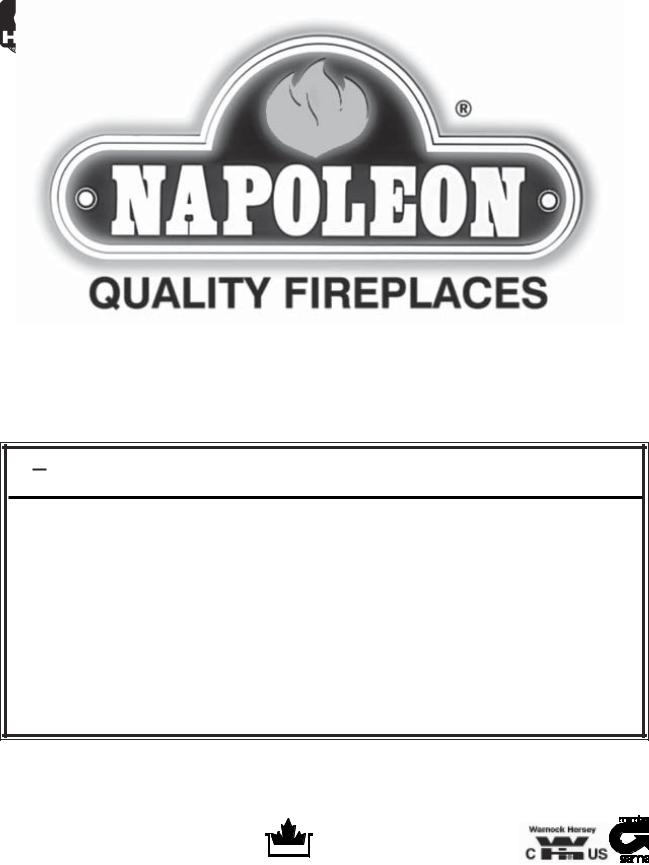
INSTALLER: THESE INSTRUCTIONS MUST BE CONVEYED TO AND REMAIN WITH THE HOMEOWNER. 1
CERTIFIED UNDER CANADIAN AND AMERICAN NATIONAL STANDARDS, CSA 2.33, ANSI Z21.88
INSTALLATION AND OPERATION INSTRUCTIONS FOR:
VENTED GAS FIREPLACE HEATER
NATURAL GAS MODELS GDS 28-N and GS 28-N
PROPANE GAS MODELS GDS 28-P and GS 28-P
Model GS28 is made up of Model GDS28 and B-Vent Adapter Kit GS-150KT
WARNING: If the information in these instructions is not followed exactly, a fire or explosion may result causing property damage, personal injury or death.
FOR YOUR SAFETY
Do not store or use gasoline or other flammable vapours and liquids in the vicinity of this or any other appliance.
WHAT TO DO IF YOU SMELL GAS:
•Do not try to light any appliance.
•Do not touch any electrical switch.
• Immediately call your gas supplier from a neighbour's phone. Follow the gas sup-
•Do not use any phone in your building. plier's instructions.
•If you cannot reach your gas supplier,
call the fire department. Installation and service must be performed by a qualified installer, service
agency or the gas supplier.
Wolf Steel Ltd., 24 Napoleon Rd.,
Barrie, ON., Canada L4M 4Y8 (705)721-1212
Fax:(705)722-6031 Email:ask@napoleon.on.ca 
Web:www.napoleonfireplaces.com |
R-2000 |
W415-0153 / A / 10.29.01
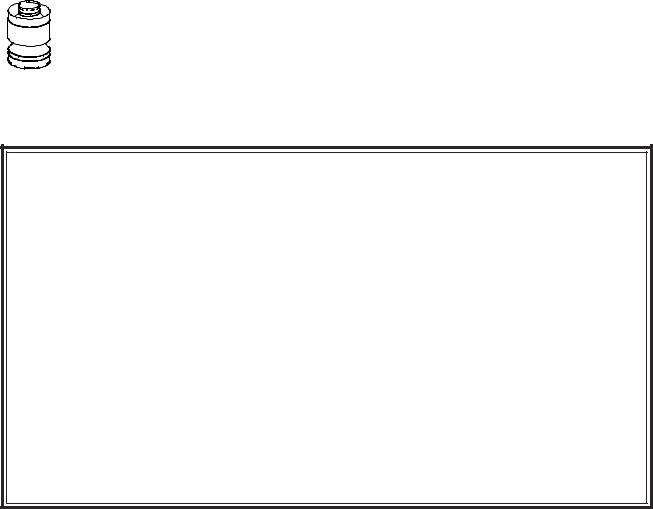
2
TABLE OF CONTENTS
Pg 2-4 |
INTRODUCTION |
Pg 13 |
GAS INSTALLATION |
|
|
Warranty |
|
Remote Wall Switch / Thermostat |
|
|
General Instructions |
14 |
FINISHING |
|
|
General Information |
|
Door Closing & Opening |
|
|
Care of Glass & Plated Parts |
|
||
|
|
Log Placement |
||
5 |
LOCATION & CLEARANCES |
|
||
15-16 OPERATION / MAINTENANCE |
||||
5-10 |
DIRECT VENT SPECIFICS |
|||
|
Spill Switch |
|||
MODEL |
GDS28 |
|
Venting Action Check |
|
|
Vent Lengths |
|
Operating Instructions |
|
|
Special Installation Example |
|
Maintenance |
|
|
Offset Installation Example |
17 |
REPLACEMENT BLOWER |
|
|
Air Terminal Locations |
18 |
ADJUSTMENTS |
|
|
Wall & Ceiling Protection |
|||
|
Horizontal Venting Installation |
|
Pilot Burner Adjustment |
|
|
Vertical Venting Installation |
|
Venturi Adjustments |
|
|
Stove Vent Connection |
19-20 REPLACEMENTS |
||
|
Mobile Home Installation |
|
Ordering Replacement Parts |
|
11-12 B-VENT SPECIFICS |
|
|||
|
Termination Kits |
|||
MODEL |
GS28 |
|
Burner Kit |
|
|
Chimney Installation |
|
Replacement Parts |
|
|
|
Accessories |
||
|
'B' Vent Adaptations |
|
||
|
21-22 TROUBLE SHOOTING GUIDE |
|||
|
'B' Vent Installation |
|||
Combustion Air
Adding Vent Sections
Flashing and Storm Collar Installation
PLEASE RETAIN THIS MANUAL FOR FUTURE REFERENCE
WARNING
•The stove is a vented gas-fired heater. Do not burn wood or other materials in this stove.
•Adults and especially children should be alerted to the hazards of high surface temperatures and should stay away to avoid burns or clothing ignition. Supervise young children when they are in the same room as the stove.
•Due to high temperatures, the stove should be located out of traffic and away from furniture and draperies.
•Clothing or other flammable material should not be placed on or near the stove.
•Any safety screen or guard removed for servicing must be replaced prior to operating the stove.
•It is imperative that the control compartments, burners and circulating blower and its passageway in the stove and venting system are kept clean. The stove and its venting system should be inspected before use and at least annually by a qualified service person. More frequent cleaning may be required due to excessive lint from carpeting, bedding material, etc. The stove area must be kept clear and free from combustible materials, gasoline and other flammable vapours and liquids.
•Under no circumstances should this stove be modified.
•This stove must not be connected to a chimney flue pipe serving a separate solid fuel burning appliance.
•Do not use this stove if any part has been under water. Immediately call a qualified service technician to inspect the stove and to replace any part of the control system and any gas control which has been under water.
•Do not operate the stove with the glass door opened, cracked or broken. Replacement of the glass should be done by a licensed or qualified service person.
•Do not strike or slam shut the stove glass door.
W415-0153 / A / 10.29.01
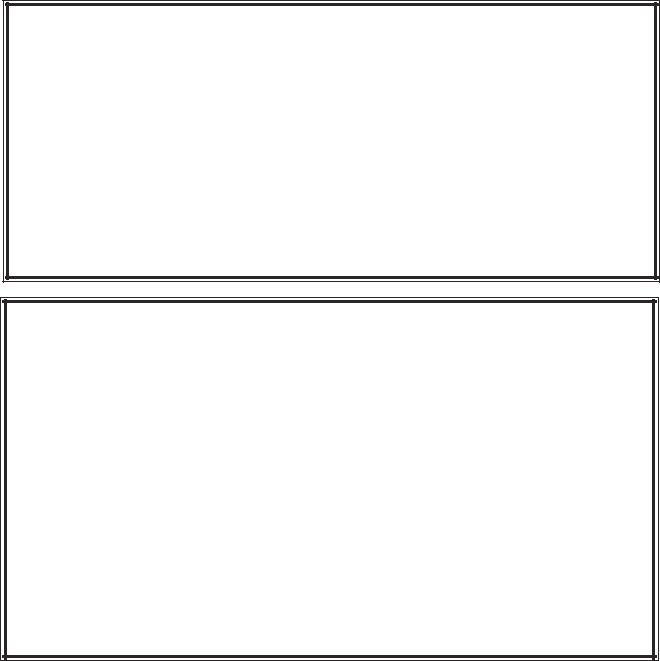
NAPOLEON gas fireplaces are manufactured under the strict Standard of the world recognized |
3 |
|
|
ISO9002 Quality Assurance Certificate. |
|
NAPOLEON products are designed with superior components and materials, assembled by trained craftsmen who |
|
take great pride in their work. The burner and valve assembly are leak and test-fired at a quality test station. The |
|
complete fireplace is thoroughly inspected by a qualified technician before packaging to ensure that you, the |
|
customer, receives the quality product that you expect from NAPOLEON. |
|
NAPOLEON GAS FIREPLACE PRESIDENT'S LIFETIME LIMITED WARRANTY
The following materials and workmanship in your new NAPOLEON gas fireplace are warranted against defects for as long as you own the fireplace. This covers: combustion chamber, heat exchanger, stainless steel burner, phazer™ logs and embers, ceramic glass (thermal breakage only), gold plated parts against tarnishing, porcelainized enamelled components and aluminum extrusion trims.
Electrical (110V and millivolt) components and wearable parts such as blowers, gas valves, thermal switch, switches, wiring, remote controls, ignitor, gasketing, and pilot assembly are covered and NAPOLEON will provide replacement parts free of charge during the first year of the limited warranty.
Labour related to warranty repair is covered free of charge during the first year. Repair work, however, requires the prior approval of an authorized company official. Labour costs to the account of NAPOLEON are based on a predetermined rate schedule and any repair work must be done through an authorized NAPOLEON dealer.
CONDITIONS AND LIMITATIONS
NAPOLEON warrants its products against manufacturing defects to the original purchaser only -- i.e., the individual or legal entity (registered customer) whose name appears on the warranty registration card filed with NAPOLEON -- provided that the purchase was made through an authorized NAPOLEON dealer and is subject to the following conditions and limitations:
This factory warranty is nontransferable and may not be extended whatsoever by any of our representatives.
The gas fireplace must be installed by a licenced, authorized service technician or contractor. Installation must be done in accordance with the installation instructions included with the product and all local and national building and fire codes.
This limited warranty does not cover damages caused by misuse, lack of maintenance, accident, alterations, abuse or neglect and parts installed from other manufacturers will nullify this warranty.
This limited warranty further does not cover any scratches, dents, corrosion or discolouring caused by excessive heat, abrasive and chemical cleaners nor chipping on porcelain enamel parts, mechanical breakage of PHAZER™ logs and embers, nor any venting components used in the installation of the fireplace.
NAPOLEON warrants its stainless steel burners against defects in workmanship and material for life, subject to the following conditions: During the first 10 years NAPOLEON will replace or repair the defective parts at our option free of charge. From 10 years to life, NAPOLEON will provide replacement burners at 50% of the current retail price.
In the first year only, this warranty extends to the repair or replacement of warranted parts which are defective in material or workmanship provided that the product has been operated in accordance with the operation instructions and under normal conditions.
After the first year, with respect to this President's Limited Lifetime Warranty, NAPOLEON may, at its discretion, fully discharge all obligations with respect to this warranty by refunding to the original warranted purchaser the wholesale price of any warranted but defective part(s).
After the first year, NAPOLEON will not be responsible for installation, labour or any other costs or expenses related to the reinstallation of a warranted part, and such expenses are not covered by this warranty.
Notwithstanding any provisions contained in this President's Limited Lifetime Warranty, NAPOLEON’S responsibility under this warranty is defined as above and it shall not in any event extend to any incidental, consequential or indirect damages.
This warranty defines the obligations and liability of NAPOLEON with respect to the NAPOLEON gas fireplace and any other warranties expressed or implied with respect to this product, its components or accessories are excluded.
NAPOLEON neither assumes, nor authorizes any third party to assume, on its behalf, any other liabilities with respect to the sale of this product. NAPOLEON will not be responsible for: over-firing, downdrafts, spillage caused by environmental conditions such as rooftops, buildings, nearby trees, hills, mountains, inadequate vents or ventilation, excessive venting configurations, insufficient makeup air, or negative air pressures which may or may not be caused by mechanical systems such as exhaust fans, furnaces, clothes dryers, etc.
Any damages to fireplace, combustion chamber, heat exchanger, brass trim or other component due to water, weather damage, long periods of dampness, condensation, damaging chemicals or cleaners will not be the responsibility of NAPOLEON.
The bill of sale or copy will be required together with a serial number and a model number when making any warranty claims from your authorized dealer. The warranty registration card must be returned within fourteen days to register the warranty.
NAPOLEON reserves the right to have its representative inspect any product or part thereof prior to honouring any warranty claim.
ALL SPECIFICATIONS AND DESIGNS ARE SUBJECT TO CHANGE WITHOUT PRIOR NOTICE DUE TO ON-GOING PRODUCT IMPROVEMENTS. NAPOLEON® IS A REGISTERED TRADEMARK OF WOLF STEEL LTD. PATENTS U.S. 5.303.693.801, DES. 417,497 - CAN. 2.073.411, 2.082.915. © WOLF STEEL LTD.
W415-0153 / A / 10.29.01

4 GENERAL INSTRUCTIONS
THIS GAS STOVE SHOULD BE INSTALLED AND SERVICED BY A QUALIFIED INSTALLER to conform with local codes. Installation practices vary from region to region and it is important to know the specifics that apply to your area, ie: in Massachusetts State:
•The fireplace damper must be removed or welded in the open position prior to installation of a fireplace insert.
•The appliance off valve must be a “T” handle gas cock.
•The flexible connector must not be longer than 36 inches.
•The appliance is not approved for installation in a bedroom or bathroom unless the unit is a direct-vent.
In absence of local codes, install to the current CAN1B149 Installation Code in Canada or to the National Fuel Gas Code, ANSI Z223.1-1988, and NFPA 54-1988 in the United States. Mobile home installation must conform with local codes or in the absence of local codes, install to the current standard for gas equipped mobile housing CAN/CSA Z240 MH Series in Canada or ANSI Z223.1- 1988 and NFPA 54-1988 in the United States.
Purge all gas lines with the glass door of the stove opened. Assure that a continuous gas flow is at the burner before closing the door.
Under extreme vent configurations, allow several minutes (5-15) for the flame to stabilize after ignition.
For optimum performance, it is recommended that all horizontal runs have a ¼ inch rise per foot.
Objects placed in front of the fireplace must be kept a minimum of 48" away from the front face of the unit.
The stove and its individual shutoff valve must be disconnected from the gas supply piping system during any pressure testing of that system at test pressures in excess of ½ psig (3.5 kPa). The stove must be isolated from the gas supply piping system by closing its individual manual shutoff valve during any pressure testing of the gas supply piping system at test pressures equal to or less than ½ psig (3.5 kPa)
The stove, when installed with a blower, must be electrically connected and grounded in accordance with local codes. In the absence of local codes, use the current CSA C22.1 CANADIAN ELECTRICAL CODE in Canada or the ANSI/NFPA 70-1996 NATIONAL ELECTRICAL CODE in the United States. The blower power cord must be connected into a properly grounded receptacle. The grounding prong must not be removed from the cord plug.
GENERAL INFORMATION
For your satisfaction, this stove has been test-fired to assure its operation and quality!
Minimum inlet gas supply pressure is 4.5 inches water column for natural gas and 11 inches water column for propane. Maximum inlet gas pressure is 7 inches water column for natural gas and 13 inches water column for propane. When the valve is set to "HI", the manifold pressure under flow conditions is 3.5 inches water column for natural gas and 10 inches water column for propane. When the fireplace is installed at elevations above 4,500 ft., and in the absence of specific recommendations from the local authority having jurisdiction, the certified high altitude input rating shall be reduced at the rate of 4% for each additional 1,000 ft.
Change in flame appearance from "HI" to "LO" is more evident in natural gas than in propane. Expansion / contraction noises during heating up and cooling down cycles are normal and to be expected.
GDS28: Maximum input is 30,000 BTU/hr for natural gas and 26,000 BTU/hr for propane. Maximum output for natural gas is 25,500 BTU/hr at an efficiency of 85% with the fan on and 75% with the fan off. Maximum output for propane is 22,360 BTU/hr at an efficiency of 86% with the fan on and 76% with the fan off. Maximum A.F.U.E. (annual fuel utilization efficiency) rating is 76% for natural gas and 77% for propane. This stove is not approved for closet or recessed installations. It is approved for bathroom, bedroom and bed-sitting room installations.
This stove may be installed in an aftermarket permanently located, manufactured mobile home, where not prohibited by local codes.
This appliance is only for use with the type of gas indicated on the rating plate. This appliance is not convertible for use with other gases, unless a certified kit is used.
GS28: Maximum input is 30,000 BTU/hr for natural gas and 26,000 BTU/hr for propane. Maximum
output for natural gas is 24,600 BTU/hr at an efficiency of 82% with the fan on and 80% with
the fan off; and 21,600 BTU/hr for propane at an efficiency of 83% with the fan on and 80% with the fan off. This stove is approved for bedroom and bed-sitting room installations.
CARE OF GLASS, AND PLATED PARTS
Do not use abrasive cleaners to clean these parts. Buff lightly with a clean dry cloth.
The glass is 3/16" ceramic glass available from your Napoleon / Wolf Steel Ltd. dealer.
Do not substitute materials.
Clean the glass after the first 10 hours of operation with a recommended gas fireplace glass cleaner. Thereafter clean as required.
Do not clean glass when hot!
If the glass is not kept clean permanent discolouration and / or blemishes may result.
W415-0153 / A / 10.29.01
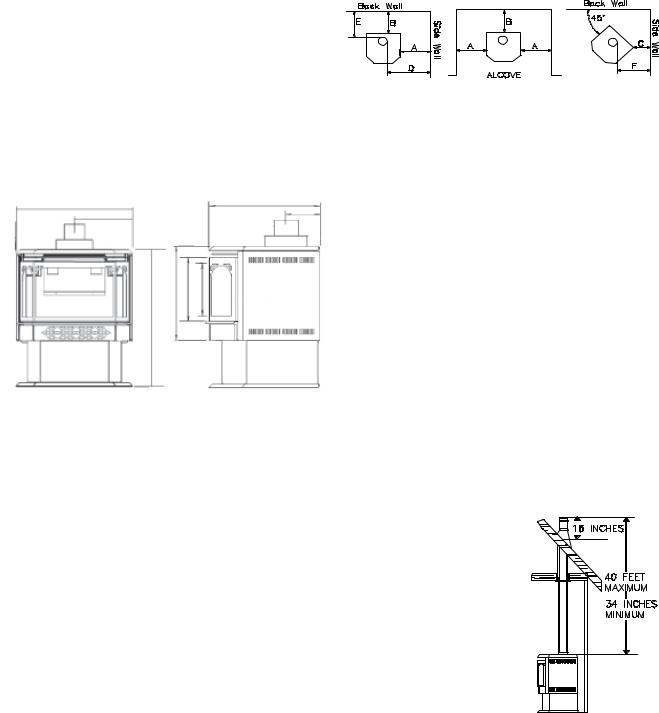
LOCATION AND CLEARANCES 5
Provide adequate ventilation and combustion air.
Provide adequate accessibility clearance for servicing and operating the stove.
Never obstruct the front opening of the stove.
GDS28 AND GS28:
As long as clearance to combustibles is kept within the required distances, the most desirable and beneficial location for a Napoleon stove is in the centre of a building, thereby allowing the most efficient use of the heat created. The location of windows, doors and the traffic flow in the room where the stove is to be located should be considered. If possible, you should choose a location where the vent will pass through the house without cutting a floor or roof joist.
22½" |
|
|
|
18½" |
|
5½" |
||||||||
|
|
|
|
|||||||||||
11¼" |
|
|
|
4"ø |
|
|||||||||
|
|
|
|
|
||||||||||
7"ø AIR |
|
|
|
|
|
|
|
|
|
|
|
FLUE |
|
|
INTAKE |
|
|
|
|
|
|
|
|
|
|
|
|
|
|
|
|
|
|
|
|
|
|
|
|
|
|
|
|
|
|
|
173/4" |
|
|
|
|
|
|
|
|
|
|
|
|
|
|
|
|
|
|
|
|
|
|
|
|
|
|
|
|
|
|
|
|
|
|
|
|
|
|
|
|
|
|
|
|
|
|
|
|
|
|
|
|
|
|
|||
15" |
4" |
12" |
10" |
|
|
|
|
|
|
|
||||
|
|
|
|
|
|
|
|
|
||||||
WINDOW OPENING |
263/ |
|
|
|
|
|
|
|
|
|
|
|
|
|
|
|
|
|
|
|
|
|
|
|
|
|
|
||
|
|
|
|
|
|
|
|
|
|
|
|
|
||
|
|
|
|
|
|
|
|
|
|
|
|
|
|
|
|
GAS LINE ACCESS HOLE |
FIGURE1 |
LOCATED IN PEDESTAL |
BASE |
MAINTAIN THESE MINIMUM CLEARANCES TO COMBUSTIBLES:
FIGURE2
A.7" D. 143/4"
B. |
2" |
E. |
4" |
C.1"* F. 9½"
NO ADDITIONAL FLOOR PROTECTION IS REQUIRED MINIMUM 20" FROM STOVE TOP TO CEILING
*AT A DISTANCE OF 1" FROM THE WALL, ACCESS TO THE BLOWER SWITCH, ON-OFF SWITCH OR THE BLOWER POWER CORD MAY NOT BE PRACTICAL.
A terminal shall not terminate directly above a sidewalk or paved driveway which is located between two single family dwellings and serves both dwellings. Local codes or regulations may require different clearances.
Do not allow the inside liner to bunch up on horizontal or vertical runs and elbows. Keep it pulled tight. A 1-1/4" air gap all around between the inner liner and outer stove pipe is required for safe operation.
Use a firestop when penetrating interior walls, floor or ceiling.
DIRECT VENT SPECIFICS - GDS28
VENTING LENGTHS AND AIR TERMINAL LOCATIONS
Use only Wolf Steel or Simpson Dura-Vent Model DV-GS venting components. Minimum and maximum vent lengths, for both horizontal and vertical installations, and air terminal locations for either system are set out in this manual and must be adhered to. For Simpson Dura-Vent, follow the installation procedure provided with the venting components. Both Wolf Steel and Simpson Dura-Vent venting components may have a 0" rise per foot on horizontal runs.
When using Wolf Steel venting components, use only the following vent kits: WALL TERMINAL KIT GD175 (7-1/2' of venting included), or 1/12 TO 7/12 PITCH ROOF TERMINAL KIT GD110, 8/12 TO 12/12 ROOF TERMINAL KIT GD111, FLAT ROOF TERMINAL KIT GD112 or STOVE PERISCOPE KIT GD180 (for wall penetration below grade) in conjunction with the appropriate venting components.
For optimum performance, it is recommended that all horizontal runs have a minimum ¼ inch rise per foot.
These vent kits allow for either horizontal or vertical venting of the stove. FIGURES 3, 4, & 5.
The maximum number of 4" flexible connections is two hori-
zontally or three vertically (excluding the stove and the air
terminal connections).
When terminating vertically, the
minimum vertical rise is FIGURE3 34 inches above the stove and
the maximum vertical rise is 40 feet.
Deviation from the minimum vertical vent length can create difficulty in burner start-up and/or carboning.
Use an adjustable pipe as the final length of rigid piping to the stove for ease of installation.
W415-0153 / A / 10.29.01
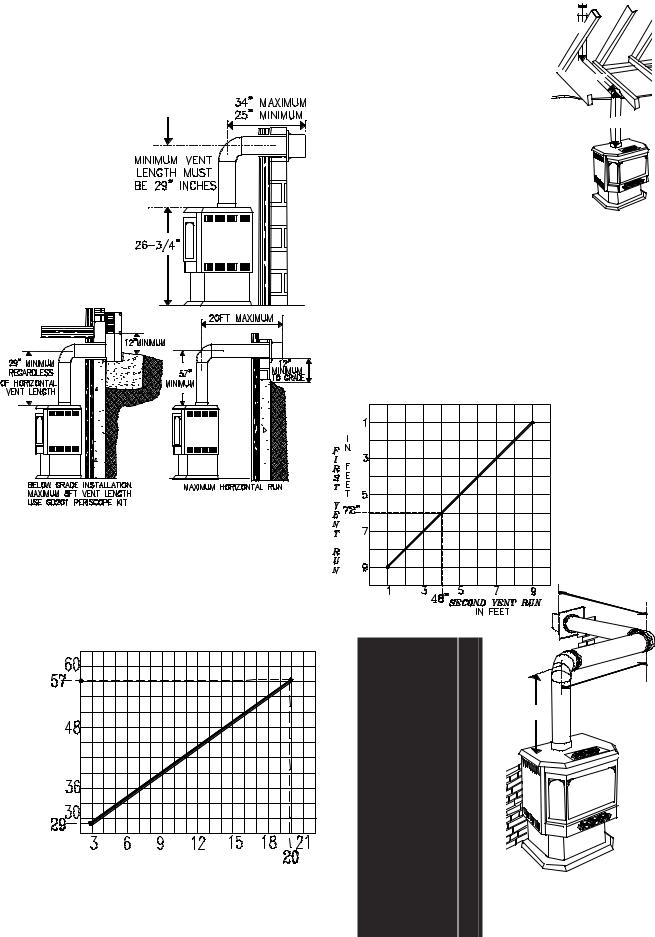
6 For optimum flame appearance and stove performance, keep the vent length and number of elbows to a minimum. The air terminal must remain unobstructed at all times. Examine the air terminal at least once a year to verify that it is unobstructed and undamaged.
The maximum horizontal run is 34 inches with a 90° elbow located 29" above the stove. FIGURE 4.
The maximum horizontal run with a 57 inch vertical rise immediately above the stove is 20 feet . Figures 5.
FIGURE4
FIGS 5
SPECIAL INSTALLATION EXAMPLE
When a horizontal offset is required in a through-the-roof installation, the following procedure for vent length calculations must be followed: 

In an installation as shown in FIGURE 7, lengths A and C are known based on room height and roof requirements.
Length C must never be less than 29 inches. Any 90° and 45° elbows must be calculated as 5 feet of venting each.
The allowable horizontal run can be calculated using these parameters. In this example, the total vertical height is 20 feet (length "A" is required to be 11 feet while length "C" needs to be 9 feet). The maximum vertical length is 40 feet and all runs and elbows must be subtracted from this maximum vertical length.
A
 B
B C
C
FIGURE7
The maximum allowable horizontal run that "B" can be is:
40 ft. (maximum vertical run length) -11 ft. (through the roof vertical rise "A") -10 ft. (2 - 90° elbow)
- 9 ft. (vertical run "C")
10 ft. (maximum allowable horizontal length for "B")
The length of "B" must never be greater than the length of "A" and "C" combined.
OFFSET INSTALLATION EXAMPLE
FIGURE8
HORIZONTAL RUN NOT TO EXCEED VERTICAL RISE
If vertical rises greater than 57 inches are necessary, the increased rise must be deducted from the maximum horizontal run.
Use chart, Figure 6, to calculate horizontal runs for vertical rises between 29 and 57 inches.
When calculating maximum run lengths, include 10 feet for each 90° elbow or 5 feet for each 45° elbow.
Do not include the first elbow directly off the unit.
R E Q U I R E D
V E R T I C A L
RISE FROM
FIREPLACE
TO FIRST EL-
BOW IN
INCHES
FIGURE6
CALCULATED HORIZONTAL VENT RUN IN FEET
W415-0153 / A / 10.29.01
If a first run of 72 inches is required, using the "First Vent Run" on the chart shows that a maximum second run of 48 inches is allowable.
IF NECESSARY, THE FIRST RUN AND THE SECOND RUN MAY BE REVERSED.
57"
48" |
|
|
second |
run |
|
|
|
|
first |
run |
|
|
||
72" |
|
|
FIGURE9
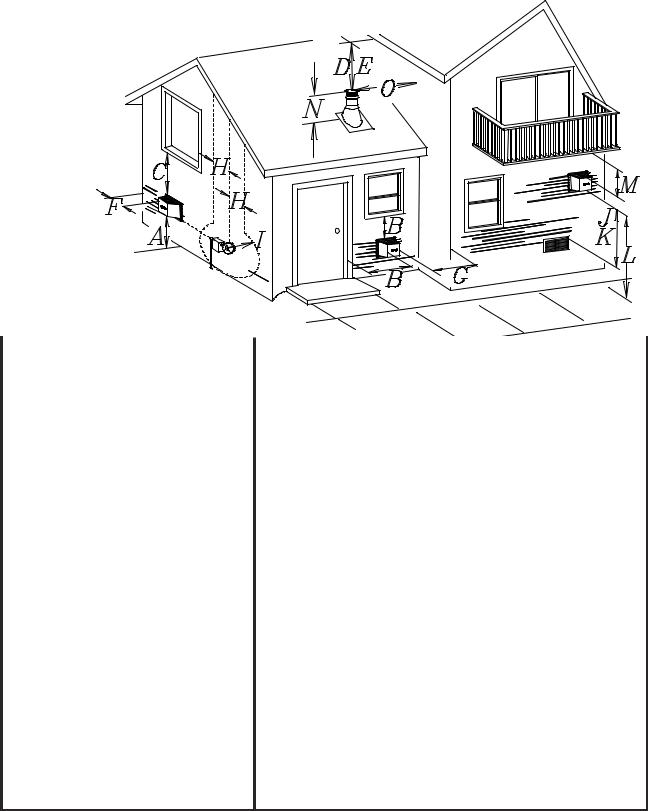
AIR TERMINAL INSTALLATIONS: |
7 |
|
FIGURE10
|
|
INSTALLATIONS |
|
|
|
|
|
CANADIAN |
U.S.A. |
|
|
|
A |
12 INCHES |
12 INCHES |
Clearance above grade, veranda porch, deck or balcony. |
|
|
|
|
|
|
|
|
B |
12 INCHES |
9 INCHES |
Clearance to windows or doors that open. |
|
|
|
|
|
|
|
|
C |
12 INCHES* |
12 INCHES* |
Clearance to permanently closed windows. |
|
|
|
|
|
|
|
|
D |
18 INCHES** |
18 INCHES** |
Vertical clearance to ventilated soffit located above the terminal within |
|
|
a horizontal distance of 2 feet from the centerline of the terminal. |
||||
|
|
|
|
|
|
|
E |
12 INCHES** |
12 INCHES** |
Clearance to unventilated soffit. |
|
|
|
|
|
|
|
|
F |
0 INCHES |
0 INCHES |
Clearance to an outside corner wall. |
|
|
|
|
|
|
|
|
|
0 INCHES*** |
0 INCHES*** |
Clearance to an inside non-combustible corner wall or protruding |
|
|
|
non-combustible obstructions (chimney, etc.). |
|||
|
G |
|
|
||
|
|
|
|
|
|
|
2 INCHES*** |
2 INCHES*** |
Clearance to an inside combustible corner wall or protruding com- |
||
|
|
||||
|
|
bustible obstructions ( vent chase, etc.). |
|||
|
|
|
|
||
|
|
|
|
|
|
|
H |
3 FEET |
3 FEET**** |
Clearance to each side of the centerline extended above the meter |
|
|
/ regulator assembly. |
||||
|
|
|
|
||
|
|
|
|
|
|
|
I |
6 FEET |
3 FEET**** |
Clearance to a service regulator vent outlet. |
|
|
|
|
|
|
|
|
J |
12 INCHES |
9 INCHES |
Clearance to a non-mechanical air supply inlet to the building or a |
|
|
combustion air inlet to any other appliance. |
||||
|
|
|
|
||
|
|
|
|
|
|
|
K |
6 FEET |
3 FEET† |
Clearance to a mechanical air supply inlet. |
|
|
|
|
|
|
|
|
L |
7 FEET‡ |
7 FEET**** |
Clearance above a paved sidewalk or paved driveway located on |
|
|
public property unless fitted with a heat shield kit GD-301. |
||||
|
|
|
|
||
|
|
|
|
|
|
|
M |
12 INCHES†† |
12 INCHES**** |
Clearance under a veranda, porch, deck or balcony. |
|
|
|
|
|
|
|
|
N |
16 INCHES |
16 INCHES |
Clearance above the roof. |
|
|
|
|
|
|
|
|
O |
2 FEET†* |
2 FEET†* |
Clearance from an adjacent wall including neighbouring buildings. |
|
|
|
|
|
|
|
*Recommended to prevent condensation on windows and thermal breakage
**It is recommended to use a heat shield and to maximize the distance to vinyl clad soffits.
***The periscope GD-201 requires a minimum 18 inches clearance from an inside corner.
****This is a recommended distance. For additional requirements check local codes.
†Three feet above if within 10 feet horizontally.
‡A vent shall not terminate directly above a sidewalk or paved driveway that is located between two single family
dwellings and serves both dwellings.
†† Permitted only if the veranda, porch, deck or balcony is fully open on a minimum of two sides beneath the floor. †* Recommenced to prevent recirculation of exhaust products. For additional requirements check local codes.
W415-0153 / A / 10.29.01
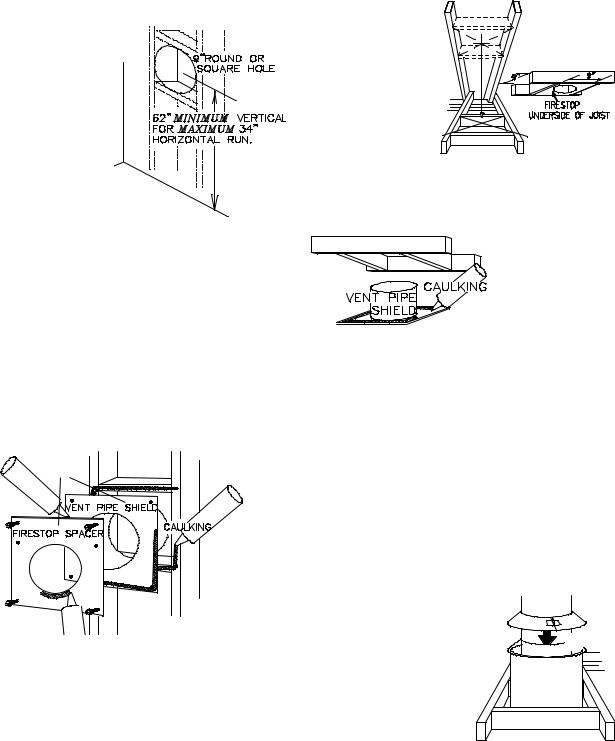
8 WALL AND CEILING PROTECTION
For safe and proper operation of the stove, follow the venting instructions exactly.
HORIZONTAL INSTALLATION: This application occurs
when venting through an |
|
||
exterior |
wall. FIGURES |
|
|
4, 5, & 11. Having deter- |
|
||
mined the air terminal lo- |
|
||
cation, cut and frame a hole |
|
||
in an exterior wall with a |
|
||
minimum square or round |
|
||
opening of 9". (As an alter- |
|
||
native to framing, a vent |
|
||
pipe |
shield may be in- |
FIGURE11 |
|
stalled, ensuring a 1" clear- |
|
||
ance |
to |
combustibles. |
|
See Figure 12.) |
|
||
For optimum performance, the stove pipe should rise ¼" per foot of run.
1. Mark and cut the vent pipe shield to the determined depth of the combustible wall. Apply a bead of caulking (not supplied) to the framework or to the shield plate (in the case of a finished wall) and secure the shield through the opening to the interior wall. The final location of the vent pipe shield should maintain the required clearance to the 7" vent pipe. Do not fill this cavity with any type of material. Apply a bead of caulking all around and place a firestop spacer over the vent shield to restrict cold air from being drawn into the room or around the stove. Ensure that both spacer and shield maintain the required clearance to combustibles. Once the vent pipe is installed in its final position, apply sealant between the pipe and the firestop spacer.
OR
FIGURE12
VERTICAL INSTALLATION: This application occurs when venting through a roof. FIGURE 3.
Installation kits for vari- |
FIGURE13 |
|
|
ous roof pitches are |
|
available from your Na- |
|
poleon dealer. See Ac- |
|
cessories to order the |
|
specific kit required. |
|
1. Determine the air terminal location and move the stove into position. Cut and frame 9 inch openings in the ceiling and the roof to provide the minimum 1 inch clearance between the stove pipe and any combustible material. Try to center the exhaust
|
pipe location midway |
|
|
between two joist to |
|
FIGURE14 |
prevent having to cut |
|
them. Use a plumb |
||
|
||
|
bob to line up the |
|
|
center of the open- |
|
|
ings. |
DO NOT FILL THIS SPACE WITH ANY TYPE OF MATERIAL.
A vent pipe shield will prevent any materials such as insulation, from filling up the 1" air space around the pipe. FIGURE 15. Nail headers between the joist for extra support.
2. Apply a bead of caulking (not supplied) to the framework or to the Wolf Steel vent pipe shield plate or equivalent (in the case of a finished ceiling), and secure over the opening in the ceiling. FIGURE 14. A firestop must be placed on the bottom of each framed opening in a roof or ceiling that the venting system passes through. FIGURE 13. Apply a bead of caulking all around and place a firestop spacer over the vent shield to restrict cold air from being drawn into the room or around the stove. Ensure that both spacer and shield maintain the required clearance to combustibles. Once the vent pipe is installed in its final position, apply sealant between the pipe and the firestop
spacer. |
VENT |
|
3. In the attic, after the pipe |
||
PIPE |
||
has been installed, slide the |
||
vent pipe collar down to cover |
COLLAR |
|
up the open end of the shield |
VENT PIPE |
|
and tighten. This will prevent any |
||
SHIELD |
||
materials, such as insulation, |
||
|
||
from filling up the 1" air space |
|
|
around the pipe. |
FIGURE15 |
|
|
W415-0153 / A / 10.29.01
